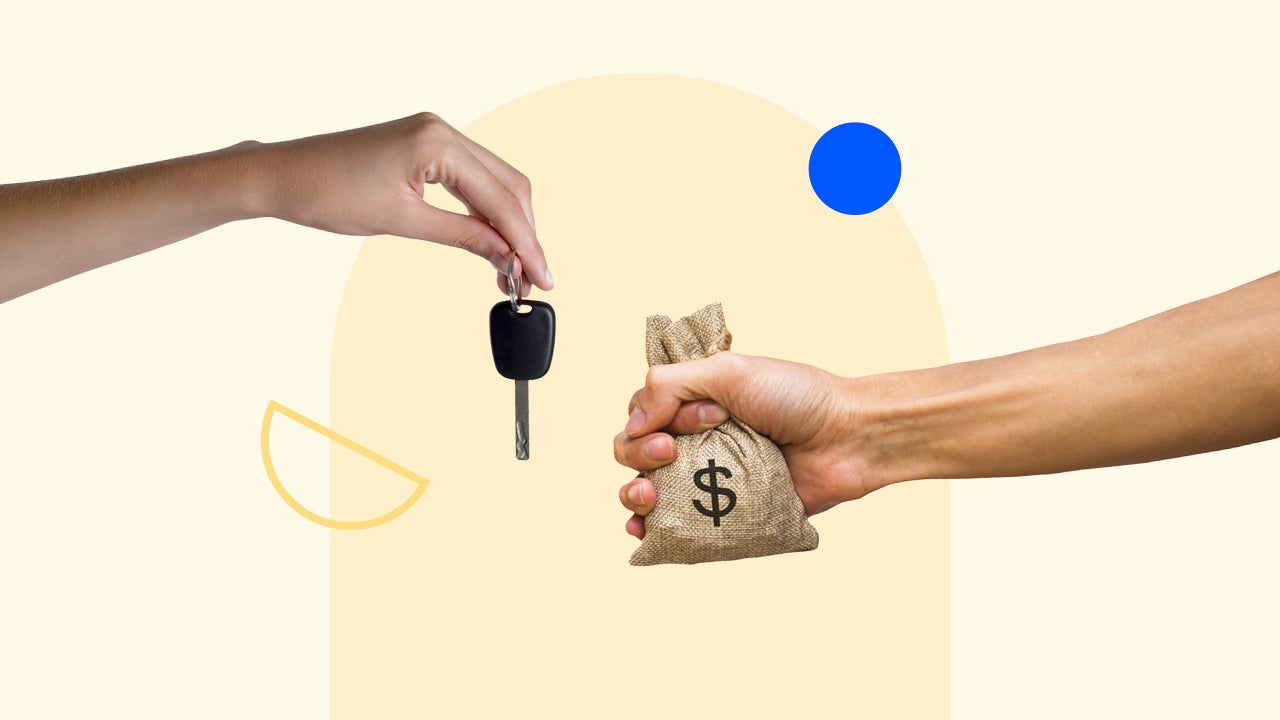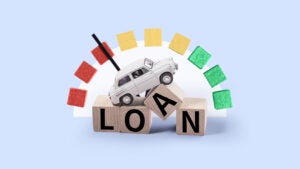How to build credit to buy a car: 4 tips

Key takeaways
- Applying for a car loan with good to excellent credit may result in a more competitive interest rate from lenders.
- Disputing errors on your credit report and paying bills on time are some of the primary tactics that can help you build better credit.
- If you need quick funding, there are bad credit loan options — but these come at significantly higher rates.
On average, borrowers with strong credit will be offered the best rates. For example, according to data from Experian, those with a credit score of 300 to 500 had an average APR of 21.81 percent for a used car in the fourth quarter of 2024. Those with a score of 661 to 780, on the other hand, had average rates of just 9.95percent.
A higher credit score can make a big difference in the amount you pay for your next car. By focusing on strategies to build your credit, you can increase your chances of approval — and potentially secure a much more favorable rate.
4 ways to build your credit before buying a car
Your credit rating plays a significant role in the interest rate you receive for a car loan. The process of building your credit can take anywhere from a few months to several years, depending on the factors that are driving down your score.
If you can hold off on buying a car, you can implement strategies to build your credit. Disputing errors on your credit report, paying your bills on time, lowering your credit card balances and avoiding new loans are some common strategies for improving your credit score.
1. Dispute errors on your credit report
Start by getting a free copy of your credit report. Review the contents for accuracy and highlight any errors you notice that could drag your score down. For example, perhaps the report states you missed a payment when you actually paid it on time. Next, file a dispute by mail, phone or online with the major credit bureaus — Experian, TransUnion or Equifax — reporting the inaccurate information.
The credit reporting agency will contact the creditor or lender to further investigate your dispute. If the information in your report isn’t verifiable, it will be removed, and your score could improve.
2. Pay your bills on time
Payment history accounts for 35 percent of your FICO credit score. If your credit card or loan account reaches 30 or more days past due, a lender or creditor will likely report the delinquency, and your credit score could take a hit.
But if you make timely payments on your credit accounts, your score could improve over time. It is equally important to bring any past-due accounts current to avoid further collection activity and damage to your credit score.
3. Lower your credit card balances
The FICO credit-scoring model favors consumers that responsibly manage their debt obligations. Consequently, the amount of debt you owe is the second-largest component of your credit score. Credit utilization, or the percentage of your credit line you’re currently using, is the second-largest component of your credit score.
Lenders like to see your credit utilization at or below 30 percent. If yours is higher, work towards paying down your balances to possibly raise your credit score and qualify for a competitive interest rate on an auto loan.
4. Avoid applying for new credit
Each time you apply for credit, a hard inquiry is generated and can drop your credit score by a few points. Even though the impact is temporary, multiple inquiries in a short period could hurt your score.
Unfortunately, a slight drop in your credit score could also mean a higher interest rate — and consequently could cost you several hundred dollars more. Aim to keep shopping within a two-week period.
How credit scores work
Understanding how your FICO score is calculated can help you work more effectively to improve it.
- Payment history: Making up 35 percent of your score, your payment history includes your payment information, delinquencies and number of open accounts.
- Credit utilization ratio: 30 percent of your score is your credit utilization ratio, which measures the amount you owe against your credit limit.
- Length of credit history: Typically, the longer you’ve held credit, the better. 15 percent of your credit score is the average length of accounts you have open.
- New credit: 10 percent of your score is based on new debt. Credit bureaus assess how many accounts you have opened recently, and opening too many new accounts over a short period can drop your score.
- Credit mix: 10 percent of your credit score is based on the type of credit you have. Having several types of credit — including cards, loans and retail accounts — works in your favor.
In addition to the general breakdown, it’s also important to understand the difference between FICO 8 and FICO 9. With FICO 9, third-party collections no longer impact your credit score once those debts have been fully repaid. In addition, FICO 9 makes a distinction between unpaid medical bills that have been sent to collections versus other types of debts that have been sent to collections.
Ask your lender which credit union it pulls from and whether it uses FICO 8 or FICO 9. Because these scoring systems differ, it can change how you look to lenders — and the potential rates you qualify for.
Why your credit score matters
Lenders use your credit score to gauge your creditworthiness and the likelihood that you’ll default on your loan payments. You pose less risk to the lender if you have good or excellent credit, which could lead to a more competitive auto loan interest rate.
With a lower interest rate, your monthly payment may be more affordable, although this also depends on your loan term and other factors. In general, a lower interest rate results in a lower overall cost. Conversely, bad credit auto loan rates are typically much more expensive because of the higher rates charged by lenders.
| Credit score range | New car | Used car |
| Deep subprime: 300 to 500 | 15.75% | 21.81% |
| Subprime: 501 to 600 | 13.08% | 19.38% |
| Near prime: 601 to 660 | 9.59% | 14.46% |
| Prime: 661 to 780 | 6.40% | 9.95% |
| Super prime: 781 to 850 | 4.77% | 7.67% |
| Source: Experian State of the Automotive Finance Market Q4 2024 |
Bad credit car loan options
Some dealerships offer buy-here, pay-here purchase options for individuals who need a bad credit car loan, but this type of purchase should be a last resort. In many cases, this type of purchase involves overpriced cars and steeper interest rates. Before resorting to bad credit lenders, check your options at local banks or credit unions. Online lenders, many of which offer preapproval tools on their websites, may also offer more favorable lending terms.
Many dealerships also offer in-house dealer financing, which is not the same as buy-here, pay here car lots. Instead, these dealers have financing departments that can arrange a loan through a partner lender or a financing company owned by the dealership. These loans however, may also come with higher interest rates than would be found using a bank, credit union or online lender.
Bottom line
A strong credit score, a steady source of income and a low DTI could help you find a good deal on an auto loan, so it’s worth improving your credit before you apply. When you’re ready to start shopping, compare auto loan rates to find the best options for your financial situation.
You may also like

Can I use my car as collateral for a loan?

What is my credit score if I have no credit history?

How to get a car loan with bad credit



